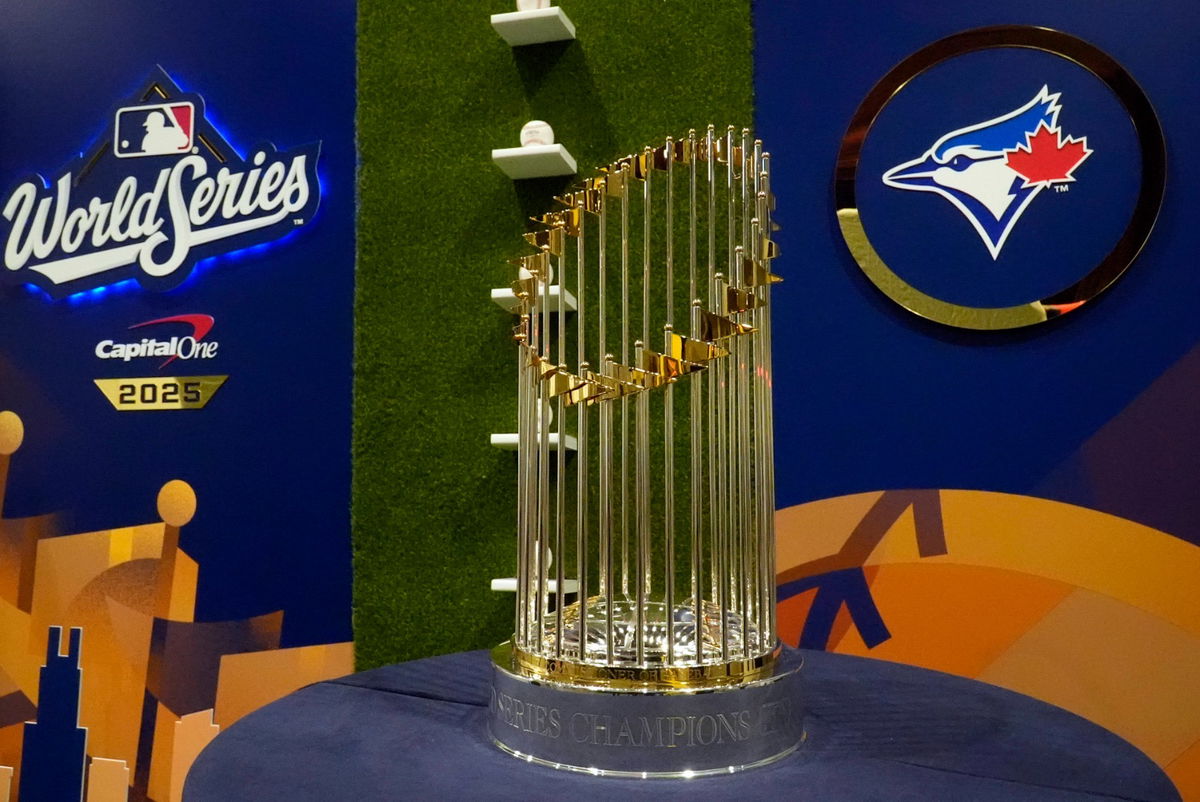
Imago
Credits: IMAGO

Imago
Credits: IMAGO
After five hours, the Blue Jays-Dodgers World Series game is officially the longest postseason game the Jays have ever played in terms of time. Extra innings in the Fall Classic feel like a different sport altogether.
Watch What’s Trending Now!
From extra innings to running rules, let’s take a look at how it really works.
ADVERTISEMENT
How is the postseason different from the regular season?
There are a few key differences between regular season rules and playoff rules.
Extra innings: In the regular season, baseball introduces a little shortcut. The teams start the 10th inning with a runner already on second base. Some call it the “zombie runner.” The idea here is simple. Fewer marathon games, fewer exhausted arms, and hopefully fewer injuries.
However, when it comes to October baseball, that shortcut doesn’t apply. Nobody gets a head start. Extra innings return to the classic style with bases empty and pressure sky-high.
ADVERTISEMENT
More Replay Challenges: Managers also get a bit more power when the stakes rise. They go from just one replay challenge in the regular season to two during the postseason. When every out feels like life or death, that extra chance to get a call right can be a game-changer.
But well, how long will the games be?
ADVERTISEMENT
You should know that postseason games add about 30 extra seconds between innings for another commercial slot. That helps fuel the big October broadcast spectacle.
The pitch clock still stays in play, though, so the rhythm of the game doesn’t drag. Even with the bigger stage and longer breaks, you can still expect most postseason games to wrap up in under three hours. But of course, the Blue Jays-Dodgers World Series game 3 was a different case altogether.
ADVERTISEMENT
Know the rules: Pitch runner, Extra Innings and more.
So, there are a few key rule changes to brush up on.
Extra innings rule in MLB playoffs:
Most importantly, in the postseason, every extra inning starts clean, with bases empty and pitchers having to work for every baserunner. The pitch clock still keeps things moving, but without that automatic runner, games could stretch a bit longer. And managers may need to dig deeper into their bullpen to get through those tense late innings.
ADVERTISEMENT
Number of challenges managers get in the MLB playoffs:
Note that during the regular season, managers get just one replay challenge. In the postseason, they get two. If a challenge is successful and the call gets overturned, they keep that challenge. If not, they lose it.
Other than that, most of the regular-season rules stay the same in the playoffs. Still, it’s helpful to revisit a few of the key ones since the stakes are sky-high in October.
Is there still a pitch clock in the MLB postseason?
The pitch clock rules stay the same in the postseason. There’s still a 30-second limit between batters, and pitchers get 15 seconds to throw with nobody on base and 20 seconds when runners are aboard. Pitchers are also allowed only two pickoff moves or step-offs per plate appearance. If the runner moves up during the at-bat, those limits reset. All of this keeps the pace sharp, even with the playoff tension turned all the way up.
The three-batter minimum rule:
The three-batter minimum rule still applies in the postseason. That means a pitcher has to face at least three hitters or finish the inning before he can be taken out. If he comes in to face just one batter and that ends the inning, the team can still choose to bring him back for the next frame.
In such a case, he needs to face two more batters to reach the required three. The idea is to keep the game moving and reduce the number of pitching changes.
Home Field Advantage:
How is it determined precisely? So, Home-field advantage in the World Series goes to the team with the better regular-season record, no matter how each club was seeded in the playoffs. If both teams finish with the same record, MLB uses a set of tiebreakers to determine which team hosts more games. The order is:
• Head-to-head results between the two teams
• Record within their own division
• Record within their own league
Whoever comes out on top gets the comfort of starting and potentially finishing the Fall Classic in their home ballpark.
ADVERTISEMENT
ADVERTISEMENT
ADVERTISEMENT

